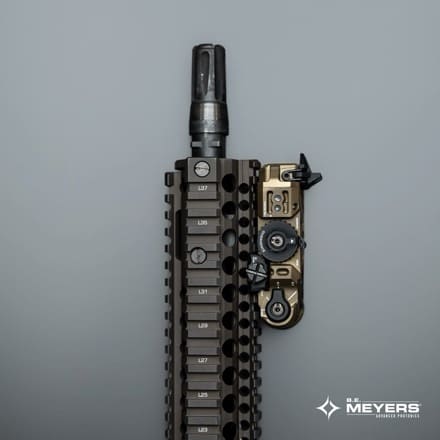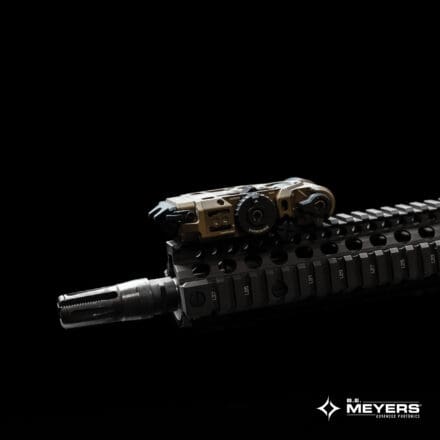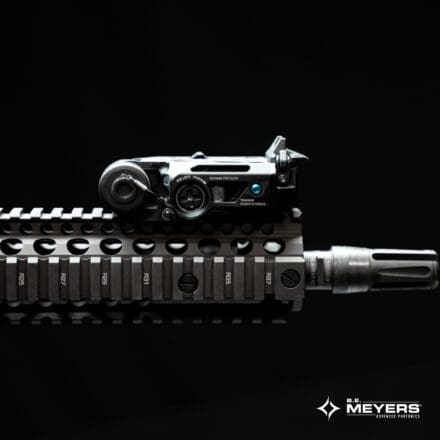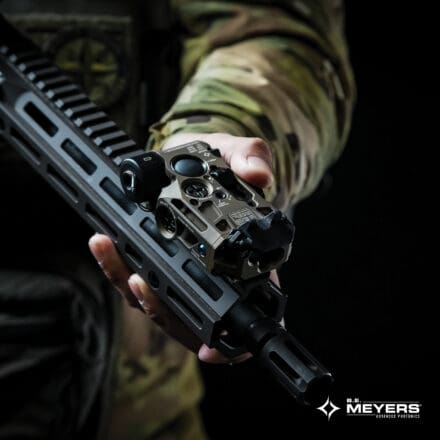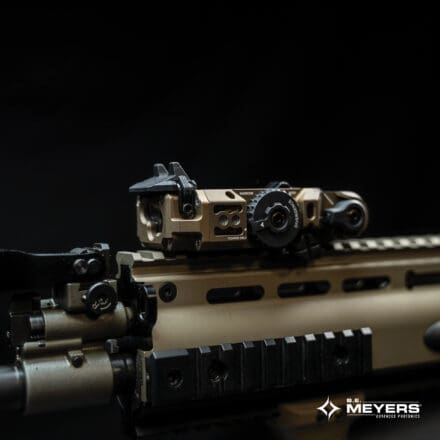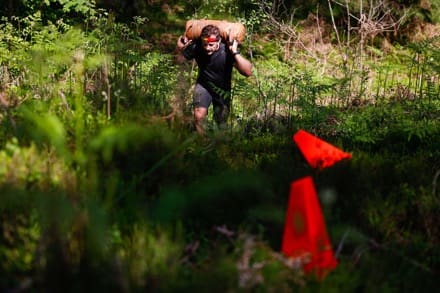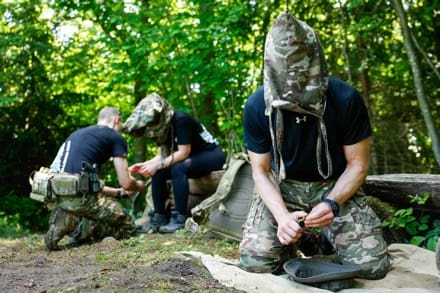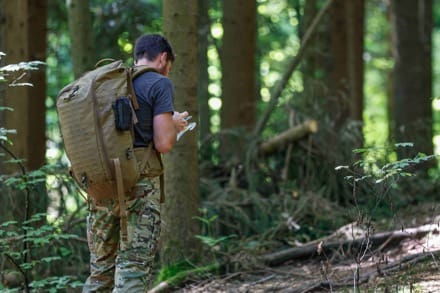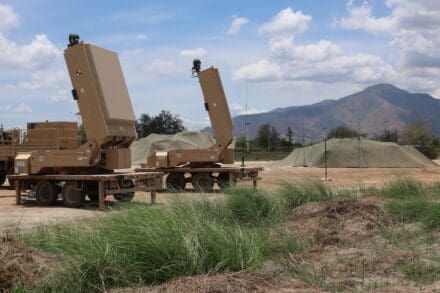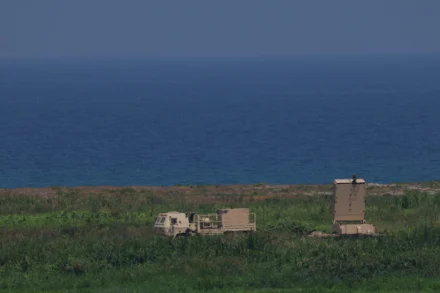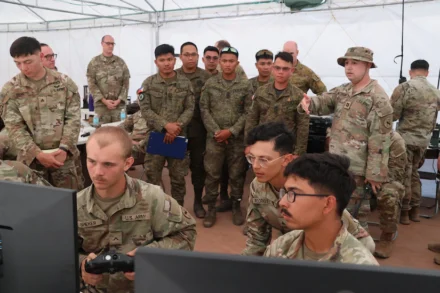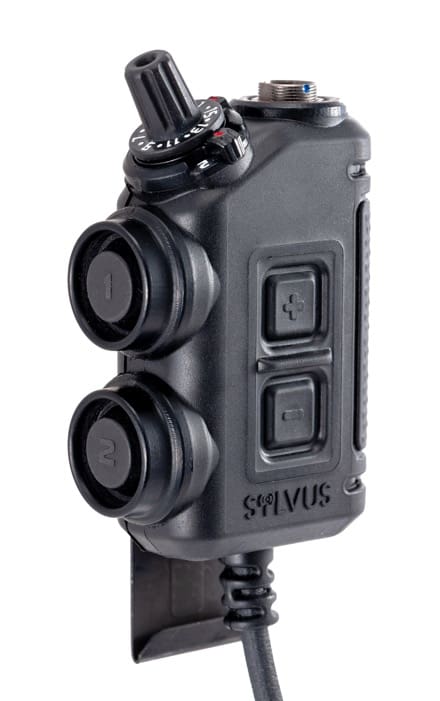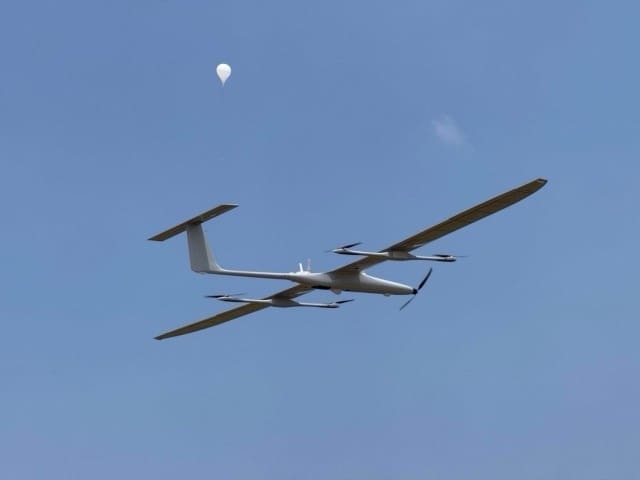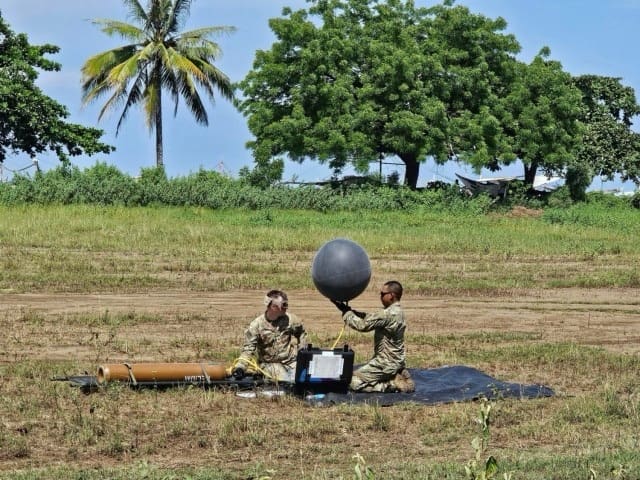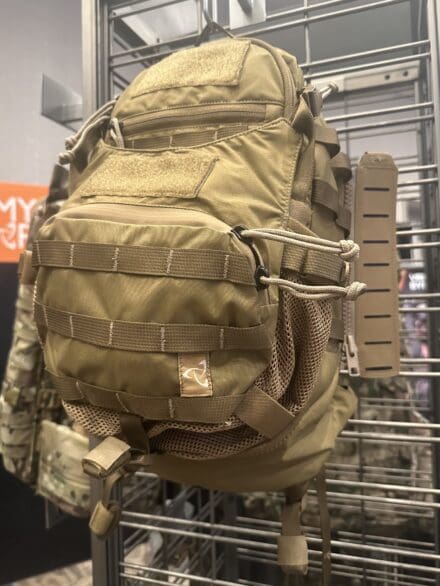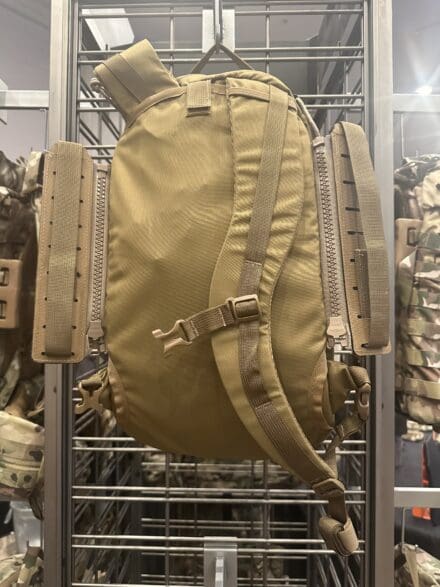• Presentation of the next generation of the portable, field-proven JENNY series at Special Operations Forces Week (“SOF Week”) in the USA
• Higher performance, better connectivity and increased user-friendliness
• Further development addresses increased demands of defence and public security forces
Brunnthal/Munich, Germany, 6 May 2025 – SFC Energy AG (“SFC”, F3C:DE, ISIN: DE0007568578), a leading provider of fuel cells for stationary, portable and mobile hybrid power solutions, presents its concept study for the further development of the field-proven and portable and tactical power generation solutions of the JENNY series (JENNY 600S and JENNY 1200), based on the proven direct methanol fuel cell (DMFC) technology, at the Special Operations Forces Week (“SOF Week”) in Tampa, Florida/USA.
The development of the next generation of the JENNY series is focused on three key areas: increasing the rated power, improving connectivity with peripheral devices, and enhancing user-friendliness. With a rated power of up to 100 watts or 2,400 watt-hours, the new systems are expected to be twice as powerful as the current generation. The basic principle of integrating a direct methanol fuel cell and a battery in a compact housing remains, enabling the system to be stored in a backpack. The power supply can be used to supply various loads, even in parallel, in remote field applications and to recharge batteries without any additional chargers.
In addition, the further development of portable power supply solutions addresses the current needs of global user groups, particularly those in the defence and public safety sectors. The next generation will feature significantly expanded connectivity and additional interfaces to enable effortless connection to tactical smartphones and other portable systems. A specially developed app enables various parameters, such as battery charge status and current rated power, to be accessed and managed quickly and easily. This will considerably expand the range of applications and handling options, as well as improve user-friendliness.
The new generation will feature the key characteristics of the previous JENNY 600S and JENNY 1200 systems, which are highly valued by emergency services. These systems are characterised by their reliability, robustness and economical methanol fuel consumption.
This reduces the logistical effort required to supply fuel to emergency services.
Additionally, the systems are virtually silent, emission-free and signature-free. These features improve camouflage and make detection by enemy forces considerably more difficult. Furthermore, the solutions are designed to be lightweight, enabling a high degree of mobility for emergency services.
In recent years, the requirements for equipment carried by emergency services, such as special forces, military personnel and border guards, have changed significantly. The growing reliance on technical devices for communication, reconnaissance and navigation is increasing the demand for electrical power in the field. Battery-powered drones, satellite-based systems, location and identification sensors, and communication systems, for example, must be able to operate reliably in the field and be supplied with electrical power accordingly. SFC’s new generation of portable power solutions in the JENNY series responds to these increased requirements and developments from user groups in the defence and public safety sectors.
Manufacturing of the next generation of the JENNY series will take place at facilities in Germany and India, and in the process of setting up production in the United States. Florian Taschke, CTO of SFC Energy AG:
“SFC has more than 20 years of experience in developing and manufacturing fuel cell systems. With the JENNY series of power supply solutions, we have hardened the technology for extreme requirements to such an extent that it has set standards for defense and public security organisations.”
Christian Böhm, Senior Vice President of SFC Energy AG:
“Emergency services around the world rely on our power solutions in extreme environmental conditions. We also meet the high standards of the NATO Support and Procurement Agency (NSPA). We are now introducing the next generation of our portable and tactical fuel cells to extend the success story with higher performance, better connectivity and increased user-friendliness.”
Further information on SFC Energy’s Clean Energy and Clean Power Management solutions can be found at sfc.com.
